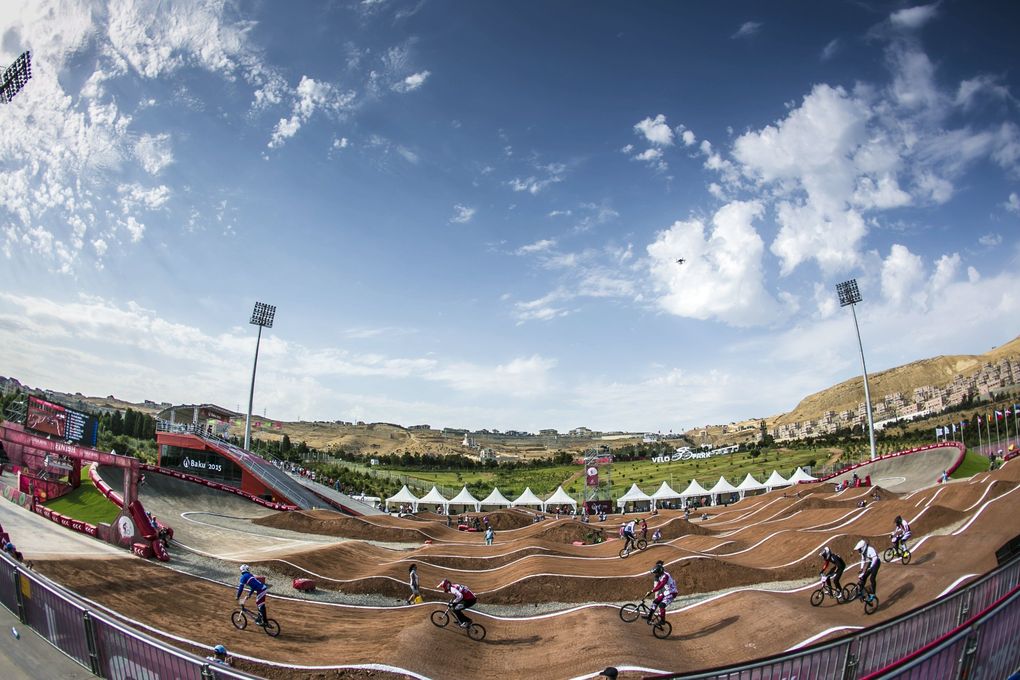BMX Olympics | Who to Look Out For on the Team GB Front at the Rio 2016 Olympics

Liam Phillips is the man charged with bringing back the medal for the BMX racing instalment of Team GB at the 2016 summer Olympics in Rio. Having become the first man to ever win back-to-back UCI BMX Supercross World Cup titles last year, with wins in 2014 and 2015, expectation is high.
Liam has been cycling since the age of five and won his first European BMX Championship aged nine. He’s already competed in two Olympic Games despite being just 27-years – even competing in London despite breaking his collarbone ten weeks before the Games.
Liam Phillips Olympic record currently reads one elimination in the heats and one in the finals, but with a lot more experience and wins under his belt, he’ll be confident of a medal this time around.
Unfortunately Phillips’ foot would unclip in those finals in London though, and he’d crash out. This time around he’ll be looking for redemption!
Kyle Evans will be the second BMX racing athlete representing Team GB at Rio 2016 in the summer Olympics, and will also be looking for a medal spot having had a good season which included second place behind only Phillips at the Manchester instalment of the UCI World Cup.
You May Also Like
BMX Basic Tricks and How To Master Them
10 of the Best and Worst BMX Fails on the Internet







